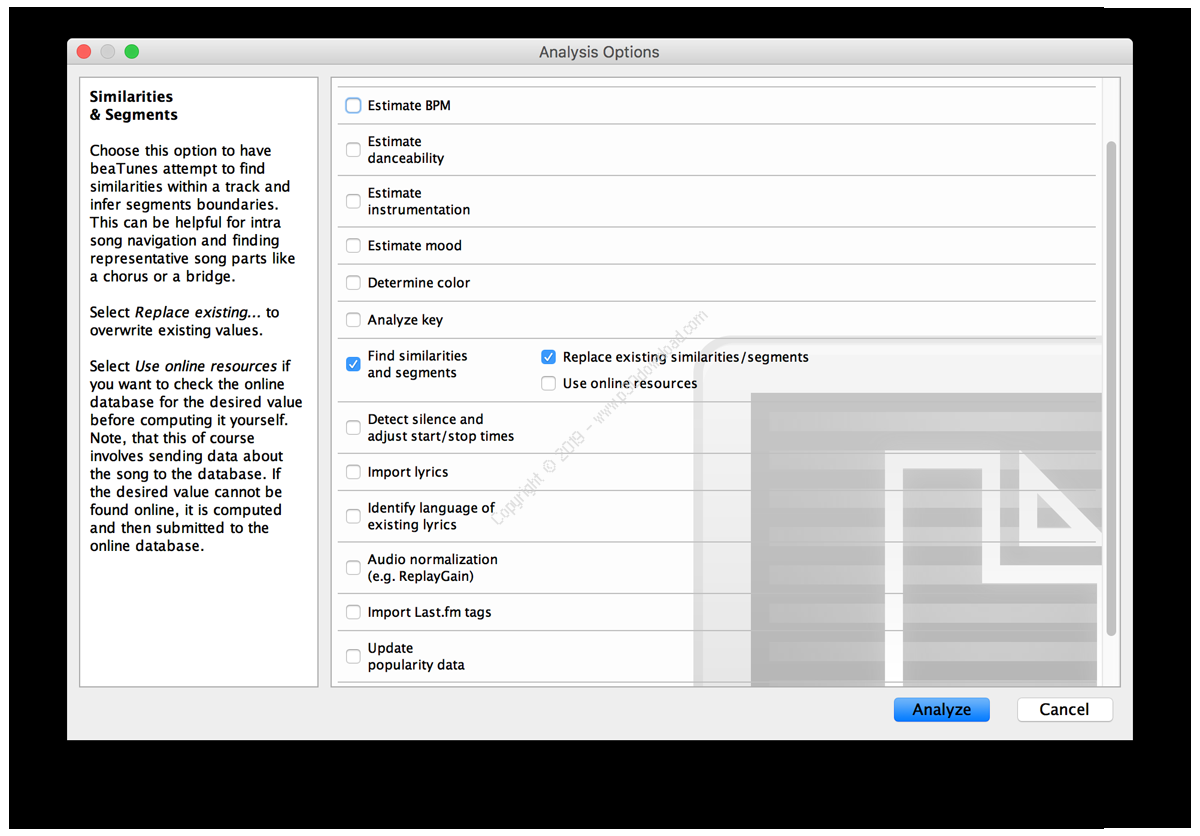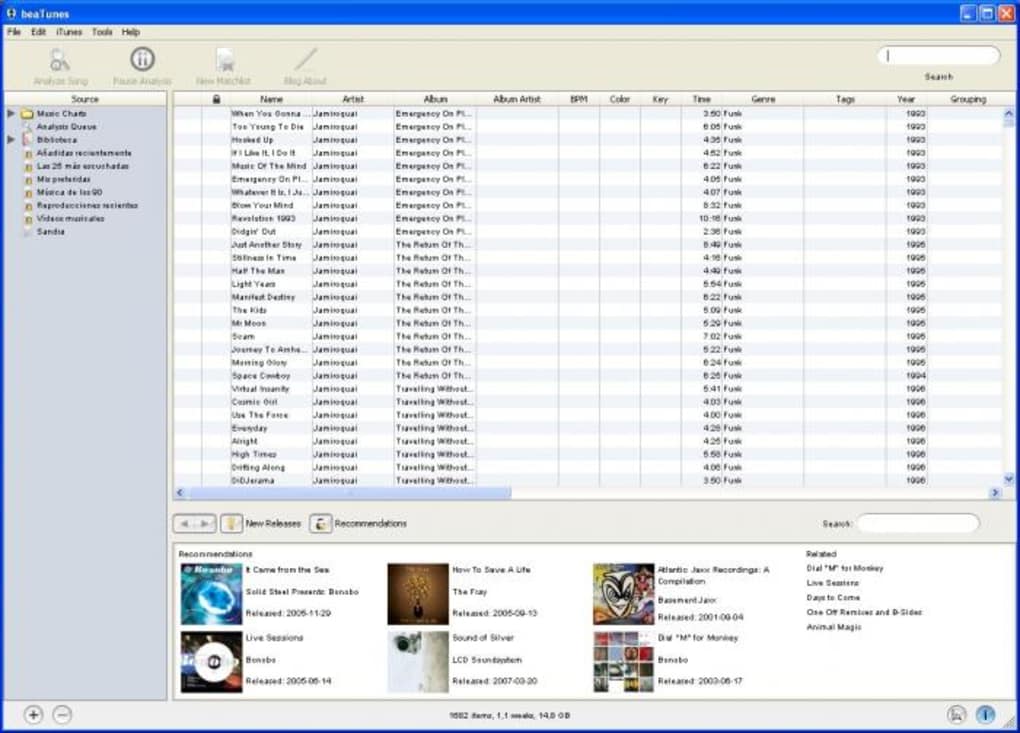
Beatunes replaygain ipod software#
You’ll also need the appropriate software that’ll allow you to create those metadata containers. Instead of working with “permanent” metadata, you’ll need to settle with ID3 Tags if you’re planning on sticking to WAV files. It just makes your job (or someone else’s) that much easier!

I highly recommend working with AcousticID regardless of the file formats you use. If you haven’t caught on yet, this is really beneficial for anyone wanting to embed metadata to their entire musical database without needing to manually input the data into each individual file. That means that your audio will be recognized REGARDLESS of file format. That means that the second-time around, your track will be recognized by the software (as long as you’re online). Okay you’ll still be USING metadata, but you’ll only need an audio sample of your song to identify using the MusicBrainz database. Once your track has been registered in their database, you’ll never need metadata again! If the search returns with no results, you can then proceed to submitting your project’s AcousticID along with the corresponding metadata using the application.

Beatunes replaygain ipod free#
The MusicBrainz metadata database is currently one of the most significant.Īudio files can be scanned using their FREE open-source software. The only difference is we’re the ones that will be “fingerprinting” our own music and submitting it. It’s very similar to the technology used in apps like Shazam. What is AcousticID (acoustic fingerprinting)ĪcousticID is the way of the future and will forever change music metadata. That’s where ID3 Tags and acoustic fingerprinting comes into play!
Beatunes replaygain ipod how to#
We’ll be talking more about the specifics as the article develops but first, we need to consider how to accommodate any current WAV assets that you may have gathered over the years. That’s why I’ll be proposing the use of AIFF instead of WAV. If you’ve ever imported music from CDs, you know that the metadata doesn’t follow. In those days, metadata was written directly to the CD (not the WAV files). Prior to all of this, compact discs (CDs) were the only medium that offered “high definition” music in digital format… Certain marketplaces already offer digital copies of lossless music, but the music streaming services will soon be following suit. More specifically, I’m talking about the introduction of “high definition” music. I’m talking about the rise of music streaming services (Spotify, Apple Music, etc…). We need to understand that the music industry has only recently undergone one of the biggest changes in its ENTIRE history. So, you may be wondering why we’re still using WAV if AIFF is clearly the better choice. They’re both lossless which means there’s NO file compression whatsoever. In terms of sound quality, WAV and AIFF are identical. The only way to “attach” metadata to WAV files would be to use ID3 Tags. Is one really better than the other? It depends who you ask, but I’d argue that AIFF is superior to WAV because it has the ability to store metadata “permanently” (that means within the file).


 0 kommentar(er)
0 kommentar(er)
